An iconic representation of London, St. Paul’s Cathedral has always captivated me . Tucked down in the center of the City of London , this majestic building is a tribute to the majesty and tenacity of British design.
Beyond being a stunning structure, the cathedral is a living historical monument that has seen and shaped innumerable events over the ages .
Beyond religious boundaries, its cultural influence is felt profoundly in politics, the arts, and the collective memory of both Londoners and tourists.
History of St. Paul’s Cathedral
Early Beginnings: The First Church on Ludgate Hill
First built on Ludgate Hill in AD 604, St. Paul’s Cathedral has its roots there.
This landmark, with its commanding vantage point of the surrounding countryside, has long been a center of worship.
I can only imagine the first worship sessions, when people were looking for comfort and direction, their hearts full of trust and hope.
Medieval St. Paul’s: Growth and Changes
The church expanded both in size and importance over the years. A hive of activity, mediaeval St. Paul’s reflected the period and London’s increasing significance. It developed as a cultural and educational hub drawing intellectuals, artists, and scholars .
The medieval building had to have been breathtaking to see with its elaborate patterns and enormous size.
The Great Fire of London and Its Aftermath
One of the most dramatic periods in St. Paul’s Cathedral’s history took place in 1666 when the Great Fire of London devastated the city.
Not escaping the fire, the cathedral was reduced to rubble. Huge destruction was caused, and the loss of such a significant monument makes me saddened.
All the same, this disaster prepared the way for an amazing resurrection.
Rebuilding by Sir Christopher Wren
He was presenting the gifted architect, Sir Christopher Wren, who would change London’s skyline.
When Wren was hired to reconstruct St. Paul’s, he introduced a vision of opulence and grace that turned the church into a modern masterpiece.
The spectacular dome and Baroque architecture of the new St. Paul’s represented a city emerging from the ashes.
I am frequently astounded by Wren’s brilliance and the breadth of his ambition as I wander across its enormous nave.
Modern Day St. Paul’s: Restorations and Renovations
St. Paul’s Cathedral is a lively component of London’s history. Recent repairs and renovations have ensured its undamaged condition, allowing the following generation to appreciate its beauty and significance.
Knowing that this recognizable site will stand strong as a lighthouse of history, faith, and culture gives me immense comfort.
Discovering St. Paul’s Cathedral is a trip through time as much as a visit. Every sculpture or stone narrates a tale of majesty and tenacity.
I can relate to the innumerable people who have trod these corridors before me and left their imprint on this ageless monument as I meander around its hallowed halls.
Architecture and Design
Architectural Style and Influences
A masterwork of late 17th-century Baroque architecture, which valued drama, movement, and grandeur, is St. Paul’s Cathedral. Incorporating cutting-edge methods and a striking, dynamic style, Sir Christopher Wren’s cathedral captures the essence of the Renaissance.
Its columns, porticoes, and general symmetry all bear the stamp of Greek and Roman architecture.
Walking around the exterior, I can see how Wren’s brilliance combines these ancient elements with his distinctive twists to produce a timeless masterpiece.
The Dome: An Iconic Feature
Structural Design
The dome’s structural design is a marvel of engineering.
It consists of three layers: the outer dome, the structural dome, and the inner dome.
This ingenious design not only provides stability but also creates a breathtaking visual impact from both the inside and the outside.
Standing beneath the dome, I often find myself in awe of the sheer ambition and skill that went into its construction.
Symbolic Meaning
Beyond its architectural brilliance, the dome holds deep symbolic meaning.
It represents the heavens, drawing the eye upward and inspiring a sense of wonder and contemplation.
For centuries, it has been a beacon of hope and faith for the people of London, especially during times of adversity.
Every time I look up at the dome, I am reminded of the enduring strength and faith that it symbolizes.
Interior Layout and Design
Nave and Aisles
Wide aisles that provide a grand processional path flank the nave, which is the cathedral’s central space. The soaring arches and the intricate detailing of the ceiling captivate me every time I walk through. The vastness of the space is designed to make visitors feel a sense of their smallness in the presence of the divine.
Transept and Choir
The transept, which crosses the nave, and the choir, located at the eastern end, are equally magnificent.
The transept adds to the cruciform shape of the cathedral, while the choir is home to some of the most exquisite woodwork and carvings I have ever seen.
These areas are not just functional spaces for worship; they are works of art in their own right.
Notable Architectural Features
St. Paul’s Cathedral is filled with remarkable features, each adding to its grandeur and mystique.
The Whispering Gallery
The Whispering Gallery, located inside the dome, is famous for its unique acoustic properties.
Standing in one spot, I can whisper, and someone standing on the opposite side can hear it clearly.
This phenomenon never ceases to amaze visitors and adds a playful yet awe-inspiring element to the cathedral.
The Stone Gallery
Higher up the dome, the Stone Gallery offers breathtaking views of London.
Climbing the 378 steps to reach it is no small feat, but the panoramic vistas of the city are well worth the effort.
It’s a perfect spot for reflection and to appreciate the beauty of the cathedral’s surroundings.
The Golden Gallery
At the very top of the dome, the Golden Gallery provides an even more spectacular view.
Although the climb is even more challenging, the reward is a stunning 360-degree view of London.
From this vantage point, I can truly grasp the scale and grandeur of St. Paul’s and its place in the heart of the city.
You Can Also Read
Art and Decoration
Mosaics and Frescoes
Its magnificent mosaics and frescoes are among St. Paul’s Cathedral’s most alluring features.
I find myself pulled in to the cathedral’s walls and ceilings by its vivid colours and elaborate patterns.
The visual tapestry that these artworks create tells tales of biblical settings, saints, and angels, therefore enhancing the cathedral’s spiritual ambiance.
Particularly those in the quire, the mosaics are masterworks of workmanship, with every little tile painstakingly arranged to create timeless, expansive images.
Stained Glass Windows
An other feature that brings a kaleidoscope of colours into the hallowed area are the stained glass windows of St. Paul’s Cathedral.
A piece of art, each window portrays biblical scenes and important moments in the cathedral’s past.
These windows let in an ethereal glow that turns the inside into a heavenly sanctuary.
I get enthralled with the way light and colour interact and experience profound tranquilly and introspection.
Sculptures and Monuments
Memorials and Tombs
Many monuments and graves honouring important people in British history are housed in the cathedral.
Admiral Lord Nelson and the Duke of Wellington are among the famous people whose graves I come upon as I tour the basement and other chapels.
These monuments represent the respect and awe that these people are held, not merely historical remembrances.
The deft design of every sculpture and tomb demonstrates the sculptors’ talent and creativity.
The Great West Doors
St. Paul’s Cathedral’s Great West Doors are breathtaking. The size and intricate carvings on these enormous doors as I get closer strike me.
As the cathedral’s main entryway, these doors greete guests with wonder and reverence.
Entertaining all who enter to consider the rich legacy and spiritual value of this hallowed location, the elaborate designs reflect scenes from the Bible and the history of the cathedral.
Religious and Spiritual Significance
Role in the Church of England
Being the parent church of the Diocese of London, St. Paul’s Cathedral is a significant structure in the Church of England.
Beyond the functions of a parish church, it represents the tenacity and faith of the Anglican community.
I am struck, when I attend services and events here, by the cathedral’s essential contribution to the spiritual life of the country as a sanctuary for prayer, introspection, and fellowship.
Major Religious Services and Ceremonies
Weddings and Funerals
Numerous noteworthy person’s funerals and weddings have taken place at St. Paul’s Cathedral.
One of the most remarkable occasions was the worldwide media-attended 1981 wedding of Prince Charles and Lady Diana Spencer.
Here have also been held the funerals of eminent people, including Sir Winston Churchill, offering the country a sombre and dignified location to honour them.
I am struck, as I attend these events at St. Paul’s, by the weight of history and the deep feeling of tradition and continuity.
National Events and Celebrations
National festivals and events also heavily include the cathedral.
St. Paul’s acts as a focal point for the nation’s communal manifestations of joy, sadness, and appreciation on state occasions and during commemorations.
Celebrations of the Queen’s Jubilee and memorial services for veterans of the armed forces draw attention to the cathedral’s importance as a representation of faith and national unity. I am always struck, as I take part in these gatherings, by the strong bonds that unite us.


























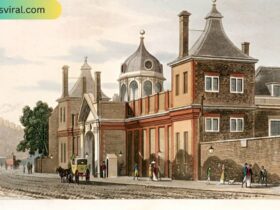

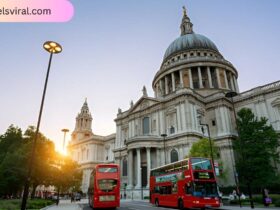
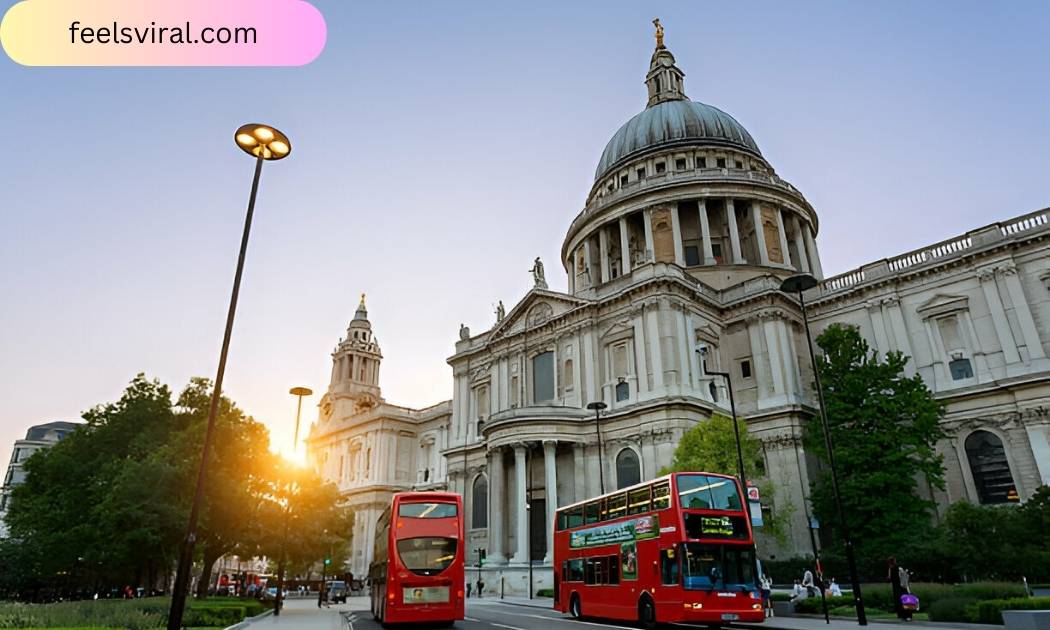
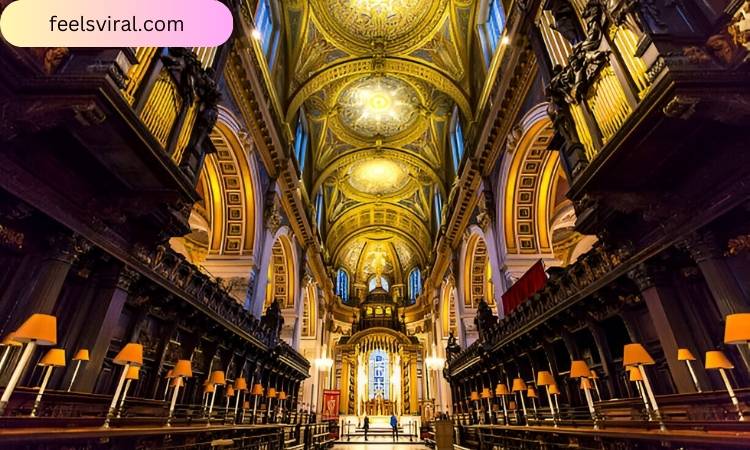
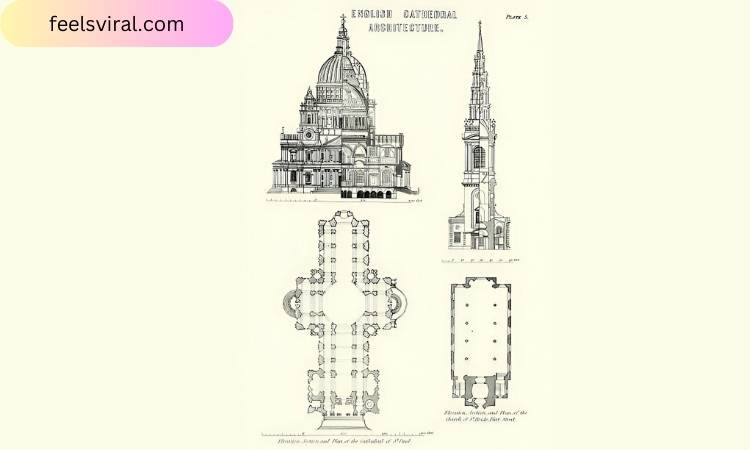
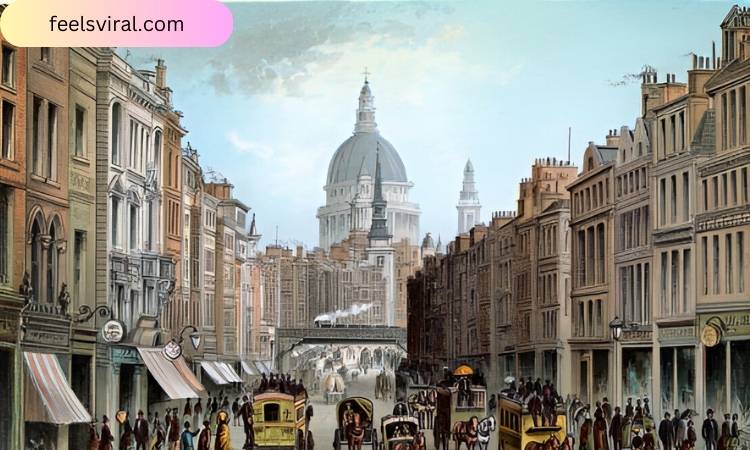
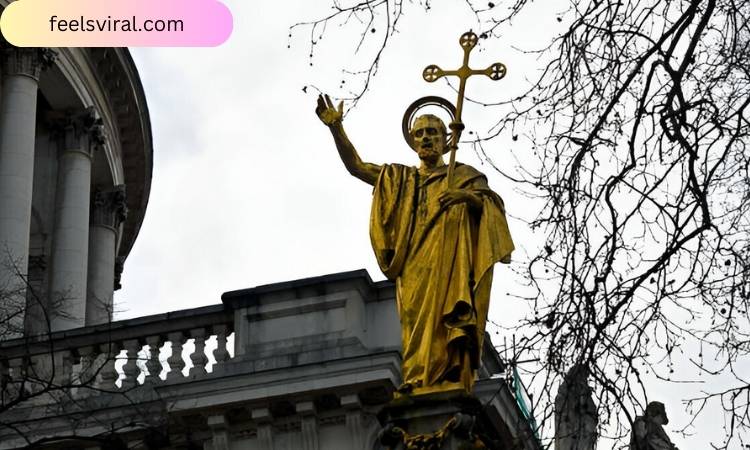

I was recommended this website by my cousin I am not sure whether this post is written by him as nobody else know such detailed about my difficulty You are wonderful Thanks
What i do not realize is in fact how you are no longer actually much more wellfavored than you might be right now Youre very intelligent You recognize thus considerably in relation to this topic made me in my view believe it from numerous numerous angles Its like men and women are not fascinated until it is one thing to do with Lady gaga Your own stuffs excellent All the time handle it up
Thank you for the auspicious writeup It in fact was a amusement account it Look advanced to far added agreeable from you However how can we communicate
Hi my family member I want to say that this post is awesome nice written and come with approximately all significant infos I would like to peer extra posts like this
Hey there You have done a fantastic job I will certainly digg it and personally recommend to my friends Im confident theyll be benefited from this site
Hi my loved one I wish to say that this post is amazing nice written and include approximately all vital infos Id like to peer more posts like this
Usually I do not read article on blogs however I would like to say that this writeup very compelled me to take a look at and do it Your writing style has been amazed me Thank you very nice article
Wow amazing blog layout How long have you been blogging for you made blogging look easy The overall look of your web site is magnificent as well as the content
My brother suggested I might like this website He was totally right This post actually made my day You cannt imagine just how much time I had spent for this information Thanks
Hello Neat post Theres an issue together with your site in internet explorer would check this IE still is the marketplace chief and a large element of other folks will leave out your magnificent writing due to this problem
Thank you for the auspicious writeup It in fact was a amusement account it Look advanced to far added agreeable from you However how can we communicate
Somebody essentially help to make significantly articles Id state This is the first time I frequented your web page and up to now I surprised with the research you made to make this actual post incredible Fantastic job